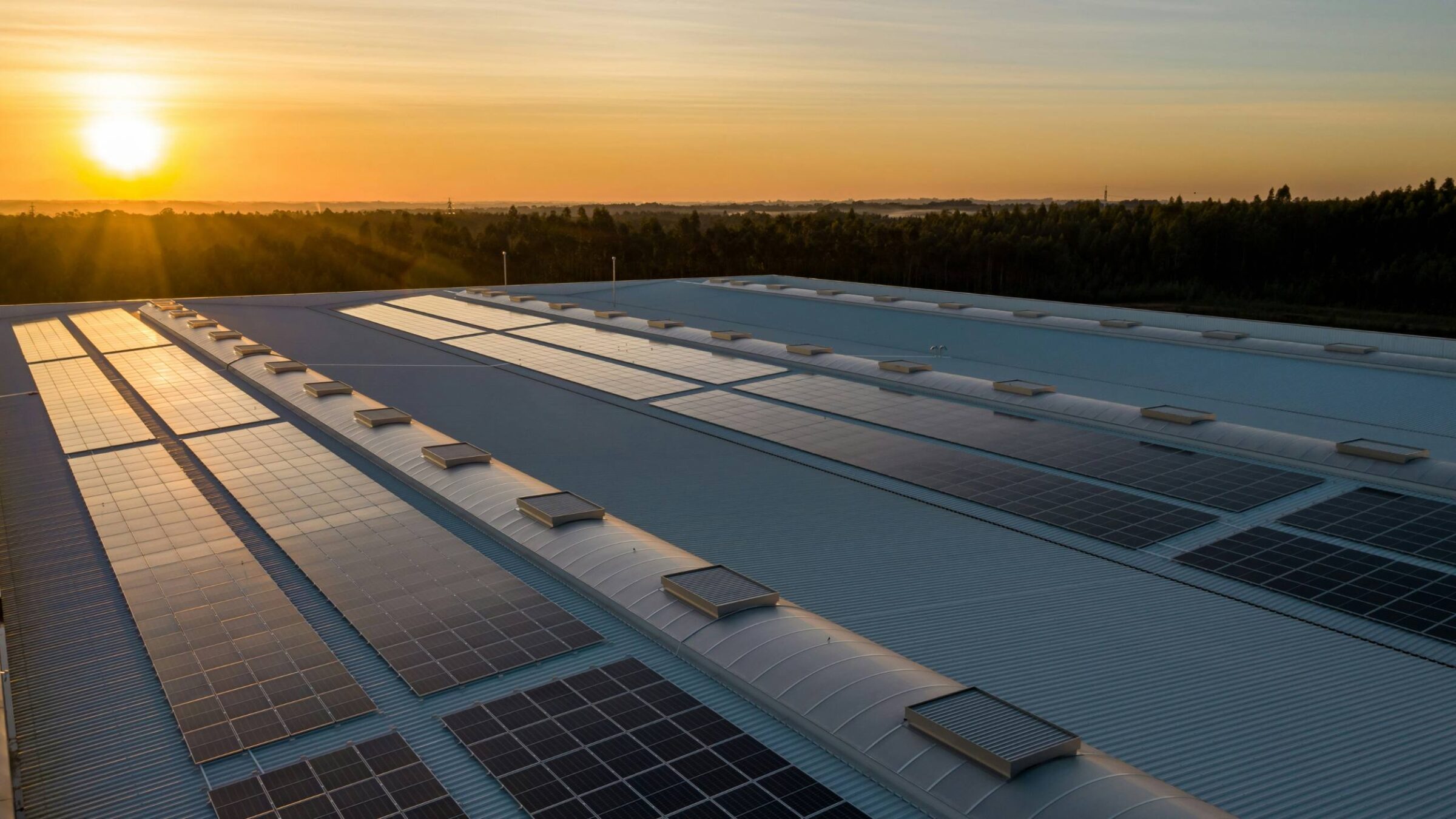New Dashboard Tracks Champlain’s Energy Consumption
Champlain's Center for Service and Sustainability creates a virtual dashboard to track the college's energy consumption.

The Center for Service and Sustainability launches an online tool to improve transparency and clarity around Champlain’s energy consumption.
Champlain College has long been named one of the top “Green Colleges” by The Princeton Review, and this year was no exception. Now in its tenth year on the list, the College’s momentum continues with the release of an online dashboard designed to track and share Champlain’s sustainability information with the public.
The dashboard was developed by Kathryn Komerska ’23, a Game Art major and Tracking & Assessment Assistant for the Center for Service and Sustainability, to help make complex environmental information easier to understand. The dashboard covers everything from greenhouse gas emissions and geothermal wells, to Champlain’s utilities and operations. Komerska also included a glossary of terms to help users improve their experience with the tool and environmental literacy.
“I had already dabbled in quite a few of our tracking initiatives, so I was well enough informed to begin looking into ways to put it all together, and thankfully found a software that does exactly what we need,” Komerska said.
While the dashboard is new, the collection of this kind of data is not. In fact, Champlain’s annual reports often include a few nitty-gritty details about its energy usage. For example, the College observes how many miles the shuttles drive, how much fair trade food is purchased on campus, how much waste we put into landfills, and much more. In the fiscal year 2021, Champlain landfilled over 385 tons of trash — higher than in previous years, likely due to disposable needs during the pandemic.
Currently, much of the data is used to present sustainability information to staff and faculty members. It has also been available in annual reports and used to inform the College on its progress toward its sustainability goals, such as reducing its overall carbon footprint. Making this information available to the public — including current students, prospective students, and other stakeholders — will open opportunities for them to get involved in the College’s sustainability efforts.
Director of Service and Sustainability Learning Christina Erickson shared, “It is the proof we are doing what we are saying, and doing what we strive to do. I think, in the age of accountability or sometimes lack of accountability in certain situations, this shows our math, it shows our work, it shows that we’re actually making good progress on the goals that we’ve set out to do.”
But what does that look like in practice? Not every engineering innovation or policy is as clearly displayed and labeled as a building with LEED certification. For example, the college made permeable walkways near Perry Hall, which soak up water rather than create runoff that would normally flush concrete, asphalt, oil, and other debris into a larger body of water: Lake Champlain. When it comes to the amount of waste composted and recycled versus sent to landfills — what’s known as a diversion rate — Champlain’s has been between 50 and 67 percent over the past decade.
The College also has two arrays of solar panels: One, a 40,000-watt solar array on the roof of the Miller Center at Lakeside Avenue added in 2011; the other, a 119,000-watt solar array installed in 2018, on the 194 St. Paul Street Apartments. In the fiscal year 2021, they produced 581.8 Metric Million British Tons Units (MMBTUs) of energy. With all of Champlain’s renewable energy systems, the College generated about 4.82 percent of its total energy consumption.
As a designated fair trade campus, Champlain has also committed to sourcing at least two fair trade products in its dining, retail, and catering options. The Center for Service and Sustainability hosts several events about fair trade, including celebrating International Coffee Day, a fair trade raffle giveaway, and a fair trade chocolate event held in collaboration with the Nonprofit and Social Marketing class (MKT 340).
But the best policy, Komerska believes, is honesty — especially when it comes to sustainability. The dashboard she developed is a product of that.
“This transparency allows interested students or members of the public to take this data and do something with it. Being informed is the first step to making change happen,” Komerska said. “Plus, by seeing the environmental impact they are participating in, this may encourage students, staff, and faculty to do their own part in reducing Champlain’s footprint.”
And if you’re not quite sure what, exactly, a carbon footprint is, don’t worry — you’re not alone. A carbon footprint is essentially the carbon dioxide output measurement of a person, institution, business, corporation, city, or country generates in a given time frame due to the energy consumed, typically that of electricity, heat, and travel. According to Earth Overshoot Day, if everyone lived like Americans, we would need 5.1 Earths to contain the world’s carbon footprint. You can even discover your own carbon footprint and see what changes you can make to reduce it.
Keep in mind, however, that it’s not just people who leave these footprints. After the See Change conference she recently attended, Erickson recalls words from speaker Molly Kawahata: “She reminded us that it was the fossil fuel company British Petroleum that paid for a $250 million PR campaign that developed the concept of individual carbon footprinting. This concept shifted the burden to the individual rather than the corporation. Guess who produces more carbon?”
Erickson adds, “Molly noted the best thing individuals can do is to register people to vote, and actually vote, to create local, national, and global policies that make polluting at this level illegal.”
Want to get involved or help Champlain College continue its progress?
Author
More Inside The View
Ideas
From the minds of our students, faculty, and alumni.
News
The latest from Champlain College.
People
Champlain is more than just a place; it's a community.
Places
On campus, in Burlington, and beyond.
Events
Check out our many campus events and get involved! Refine your search by using the filters or monthly view options.


